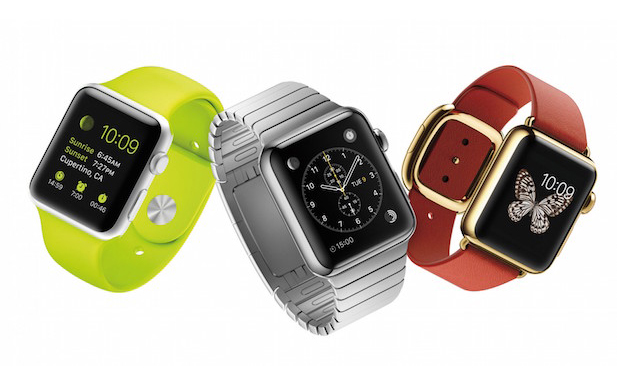Wearables are evolving beyond health with a new Ericsson report claiming safety features are at the top of consumers’ wishlists.
The vendor’s latest ConsumerLab report found six out of 10 consumers felt wearables had uses outside of the traditional fitness features. The report found 32 percent of consumers are willing to buy a panic button, 28 percent a smartwatch, 27 percent a wearable location tracker, 25 percent an identity authenticator and 24 percent a wearable water purifier.
Researchers predicted the sector had long term health with one in three smartphone users believing they will use at least five wearables after 2020. While ownership of wearables has doubled in the past year, Ericsson said it will take another 12 months for the sector to be truly mainstream.
The Sweden-based company claimed most smartphone functions will be conducted on a wearable within five years, with smartphones just acting as the tethered screen. This prediction was matched by consumer opinion, with 38 percent of smartphone users thinking wearables will be used to conduct most smartphone functions within five years.
The survey also found 43 percent of consumers expect wearables to replace smartphones entirely.
Jasmeet Singh Sethi, Consumer Insight Expert, Ericsson ConsumerLab, said: “Early signs of detachment from smartphones are visible today with 40 percent of today’s smartwatch users already interacting less with their smartphones.”
He added: “Although consumers show greatest interest in devices related to safety, we also see an openness to wearable technology further away from today’s generation. In five years’ time, walking around with an ingestible sensor, which tracks your body temperature and adjusts the thermostat setting automatically once you arrive home, may be a reality.”
Other findings in the report included how wearables offer a gateway into the wider Internet of Things. Ericsson predicted this will ultimately go beyond wearables interacting with connected sensors in their surroundings. Sixty percent said ingestible pills and chips under the skin will be used within five years to track health data, unlock doors, prove identity and control objects.
Today, 25 percent of smartwatch owners use their device to remotely control other connected products at home, with 30 percent using voice search on their wearable.
Ericsson said it surveyed 5,000 smartphone users, of which 2,500 own wearables, across Brazil, China, South Korea, the UK and the United States.


